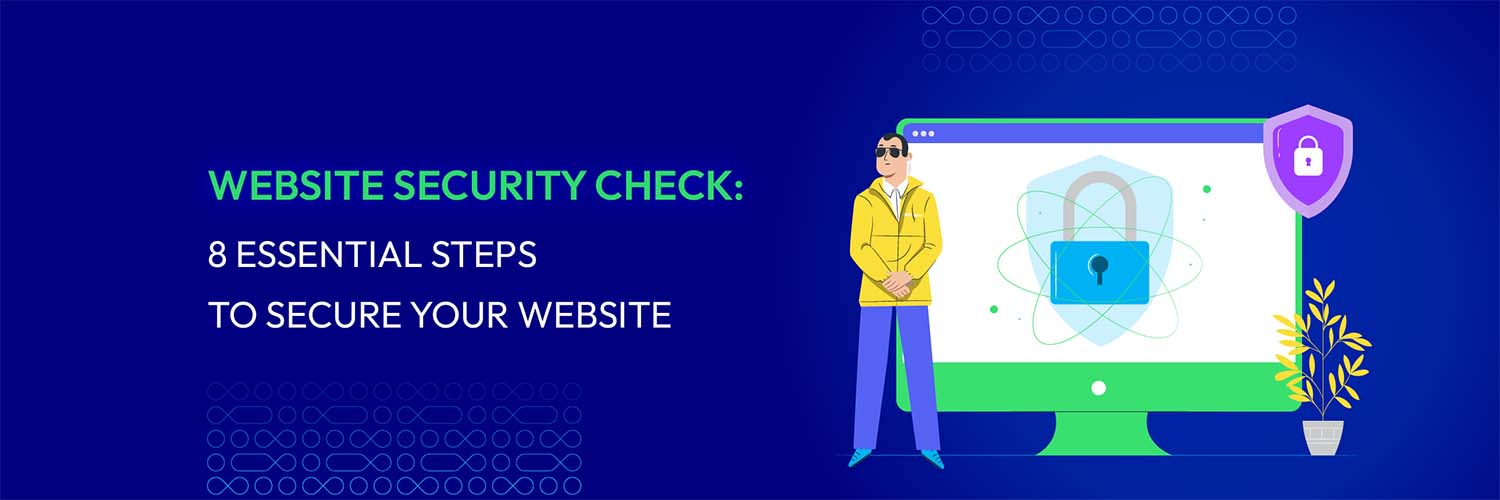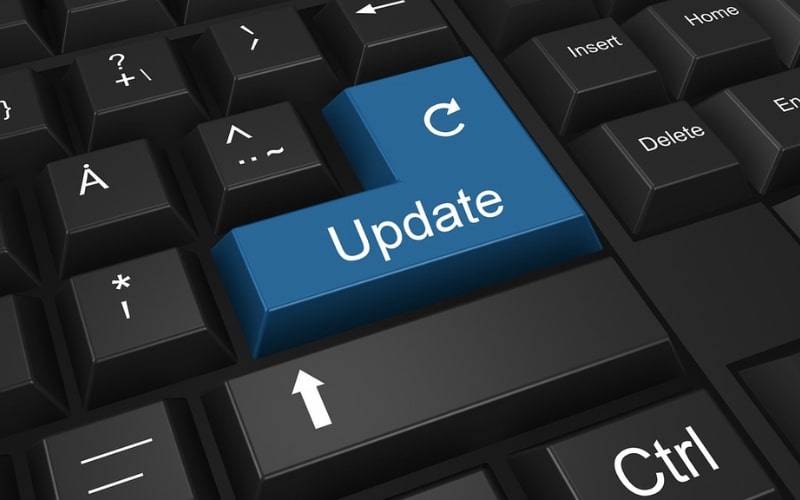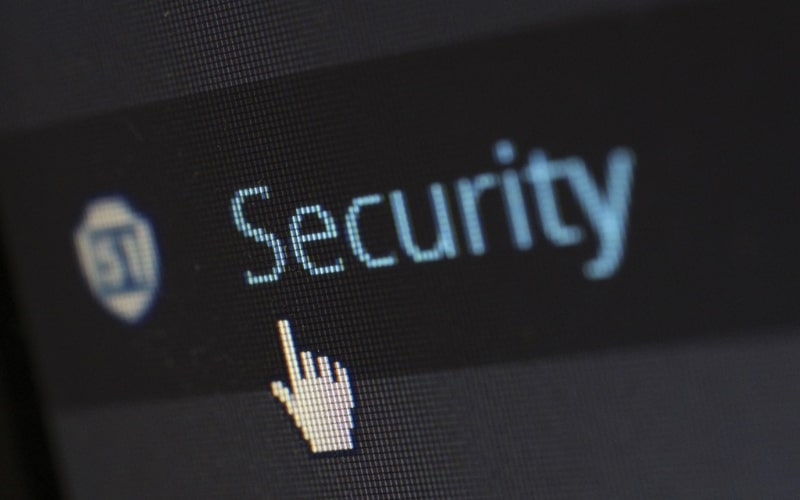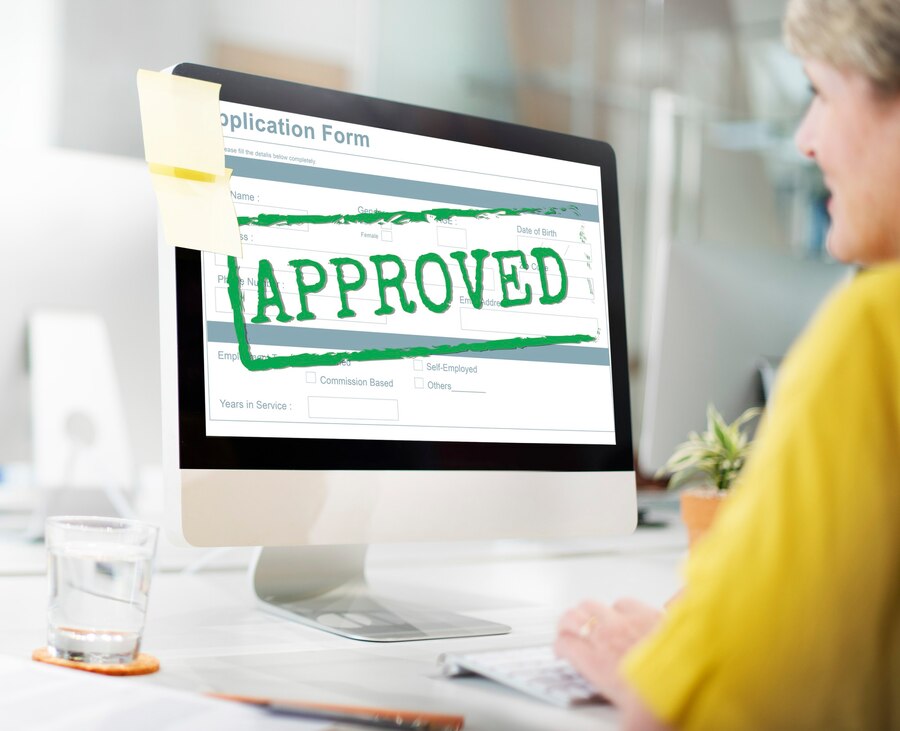Website Security Check: 8 Essential Steps to Secure Your Website
Vinh Jacker | 07-26-2023

Nowadays, small to medium-sized businesses are becoming increasingly vulnerable to cybercriminals, making it essential for companies of all sizes to prioritize website security and protect their digital presence from malicious actors.
According to Mastercard, about 52% of small to medium-sized enterprises are huge prime targets of cyberattacks.
A secure website is essential for protecting customer information, data transmission, hacking, malware, and functionality. Therefore, investing in strong website security measures is an investment in any digital enterprise’s long-term success and sustainability.
This article provides practical tips for conducting a comprehensive website security check. By implementing these measures, website administrators can reduce the potential risk of cyber threats and ensure the safety and integrity of their online presence.
So, let’s dive in and embark on a journey to strengthen your website to create a secure online environment for you and your users.
Why is website security important?

Protecting websites from potential dangers has become more significant because of the increasing reliance on the Internet for several purposes, including e-commerce, banking, communication, etc.
To protect user data from falling into the hands of cybercriminals, it’s essential to regularly review and update your security measures. But did you know another important aspect of protecting personal information is understanding how to opt out of data brokers? Data brokers collect and sell individuals’ personal information, making it critical to learn how you can remove this sensitive data. Visit our comprehensive guide on this subject and enhance your overall approach to data security by opting out from these entities.
In particular, there are several reasons why website security is essential:
-
Protect user data. Websites usually collect and store sensitive information from users, which can be exposed or stolen, leading to identity theft, financial losses, or other forms of abuse if the website’s security is not preserved.
-
Maintain business reputation. A security breach can have severe consequences for a company’s reputation, as the information of a data breach or unauthorized access can spread quickly, damaging customer trust and loyalty.
-
Prevent financial losses. Cyberattacks and security breaches can lead to significant financial losses for businesses. Additionally, companies have to face legal liabilities and regulatory penalties if they fail to protect customer data sufficiently.
-
Ensure website availability. Website attacks, such as Distributed Denial of Service attacks, can render a website inaccessible to users. This can result in downtime, loss of revenue, and a negative user experience.
-
Protect intellectual property. Websites regularly include valuable intellectual property, such as sensitive data, trade secrets, and copyrighted content. Protecting these valuable resources is essential for companies that want to keep a competitive edge.
-
Comply with regulations. Regarding data security and privacy, many different industries have their own laws and compliance standards. Organizations have to operate by these regulations to avoid penalties and legal consequences.
To sum up, website security is essential not only because of the reasons mentioned above but also because it helps website owners create a safe and trustworthy online environment for users and mitigates the risks associated with cyber threats.
So, keep scrolling down to find out what action you should take to ensure your website is safe from those cyber criminals!
Read more: 7+ Magento security tips to keep your E-commerce store safe & secure
8 steps to ensure your website is secure
1. Secure hosting and infrastructure

The initial step in ensuring the security of your website is selecting a trustworthy hosting provider with strong security measures, such as firewalls, intrusion detection systems, and encryption methods.
Additionally, to maintain a secure website, the server software must be updated often, and safety improvements must be implemented immediately. These improvements frequently address vulnerabilities and enhance the server’s defenses against new threats.
Hence, website owners can stay ahead of potential security problems and improve their overall security posture by constantly updating server software and security patches.
2. Keep software up to date

Regularly updating your website’s software, including content management systems (CMS), plugins, themes, and other components, helps address vulnerabilities and safety issues, reducing the risk of unauthorized access, data breaches, and other security incidents.
In addition, the functionality and stability of your website may be compromised by outdated software, which conflicts with current elements or features. Therefore, prioritizing upgrades is important because they are necessary for a trustworthy and secure online presence.
, by staying up to date with the latest software versions, you can demonstrate a commitment to maintaining a secure online presence and safeguarding your website and visitors from possible threats.
3. Use strong authentication and access control

Strong authentication and access control measures are vital to ensure a website’s security. Secure login techniques, such as Hypertext Transfer Protocol Secure (HTTPS) or other encryption protocols, must be built to protect the login information during the transfer.
Also, websites should establish complex password standards that require a mixture of uppercase and lowercase letters, digits, and special characters to enforce strong passwords.
Furthermore, multi-factor authentication can add an extra layer of protection by requiring users to provide multiple verification forms, such as a password and a unique code sent to their mobile device. It significantly reduces the potential risk of unauthorized access.
Overall, combining these steps will improve the platform’s overall security posture, safeguarding user data and reducing the risk of hacking or other unauthorized access.
4. Back up regularly

Regularly performing automated backups is essential to securing a website’s data and content. So, automating the backup procedure reduces the possibility of forgetting or failing to execute backups, guaranteeing that critical data is consistently protected.
Also, backups should be stored in a secure location, separated from the live website, and protected by strong encryption to protect against potential data breaches, accidental data loss, or server failures. This practice helps to restore a website in case of any unforeseen incidents.
Using these procedures, website owners can protect the integrity and security of their web pages.
Site Audit Services
Mageplaza offers FREE site health check (15hrs) to help you identify any website flaws & weaknesses and fix them before they start costing you a fortune.
Explore More5. Secure communication

Secure Sockets Layer or Transport Layer Security (SSL/TLS) encryption is essential for secure communication, establishing a safe connection between the website and the user’s browser. Besides, HTTPS protects sensitive information from unauthorized access or alteration.
The SSL certificate’s validity must be verified at all costs as well. Visitors are reassured that the website they are accessing is authentic and reliable thanks to this verification process, which confirms that a reliable certificate authority issued the certificate. For that reason, websites can strengthen their security posture by implementing these procedures, providing users with trust and protecting their sensitive data.
6. Validate user input

User input validation involves examining user inputs to ensure they meet criteria and are free from malicious code. It reduces potential vulnerabilities and prevents code injection attacks, like Structured Query Language (SQL) injection and cross-site scripting.
In addition, it is essential to use secure coding approaches and input screening techniques combined with validation and sanitization. This process requires user input validation libraries, filters, and whitelists.
By combining these strategies, you can significantly reduce the risk of security breaches and avoid unwanted exploitation of sensitive data for your website.
7. Set strong file permissions

A key step in securing the security of a website is setting restrictive file permissions. Unauthorized access can be effectively limited by selecting the proper file and directory permissions.
It’s important only to provide each user or process the permissions they need to keep up with limiting privileges. This principle states that users or processes should only have access to the files and directories they need to perform their function.
By adequately defining file and directory permissions, website administrators can significantly improve the overall safety situation of their website, protecting sensitive data and reducing the danger of unwanted access or exploitation.
8. Detect and prevent malware

An essential component in securing the security of a website is detecting and avoiding malware. Particularly, it may be necessary to carry out a number of steps to achieve this.
First, regularly scanning website files for malware is essential to identify any malicious code or suspicious files that may have been injected. The website can mitigate potential threats and protect its users’ data by detecting and removing malware.
Moreover, WAFs add an extra layer of defense by analyzing incoming web traffic and filtering out potential threats. This proactive approach helps prevent malware from infiltrating the website and protect it against SQL injections and cross-site scripting.
Overall, combining website file scanning and WAFs greatly improves the website’s security posture and contributes to a safer online environment. To maintain a secure online environment, keep in mind that while this checklist provides a basis for website security, it’s also essential to stay current on the newest security best practices and developing threats.
Related topic: 12+ Magento Website Maintenance Tips That You Should Implement Now
Final thoughts
To sum up, a comprehensive website security check is essential for protecting sensitive information, maintaining user trust, and preserving the integrity of an online presence because cyber threats are getting more and more advanced.
Throughout this article, we have examined a variety of website security check-related issues. In addition, the significance of implementing a proactive security strategy was clearly pointed out instead of waiting for a security breach to happen.
Don’t forget that maintaining website security requires continued monitoring, frequent updates, and constant alert for emerging threats.
By prioritizing website security checks and taking proactive action, we can make the Spectrum Internet a safer place for everyone to use while preserving valuable digital information.
Reference:






![Top 20+ Must-have Shopify Apps for 2025 [Free & Paid] - Mageplaza](https://cdn2.mageplaza.com/media/blog/must-have-shopify-apps/top-must-have-shopify-apps.png)
![[2025 Updates] Top 10+ Upsell Apps for Shopify - Mageplaza](https://cdn2.mageplaza.com/media/blog/best-upsell-shopify-app/cover.png)